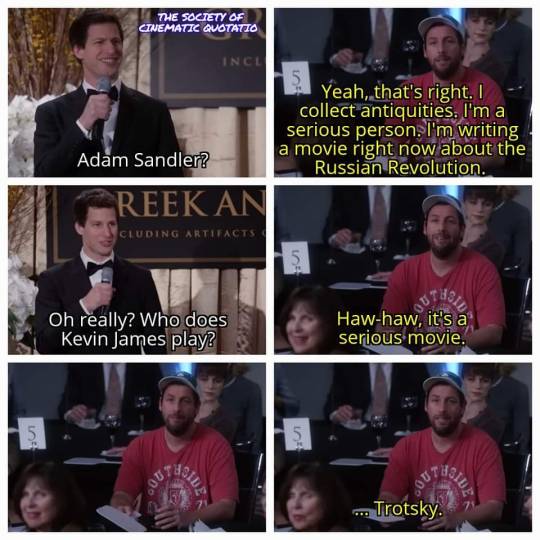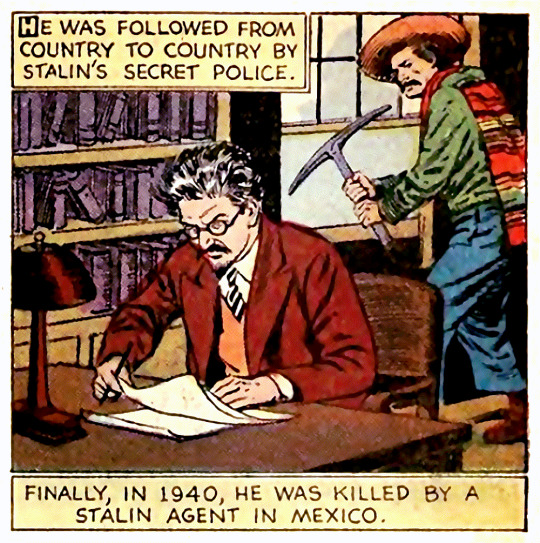#leon trotsky
Text
I dreamed up an entire documentary about Leon Trotsky. I have no idea if it was historically accurate, but it ended with him walking into a lamp post.
440 notes
·
View notes
Text

Leon Trotsky, Frida Kahlo, Natalya Sedova, 1937
147 notes
·
View notes
Text

トロツキズム 対馬忠行
風媒社
#トロツキズム#Trotskyism#tadayuki tsushima#対馬忠行#leon trotsky#Trotsky#トロツキー#レフ・トロツキー#anamon#古本屋あなもん#あなもん#book cover
40 notes
·
View notes
Text
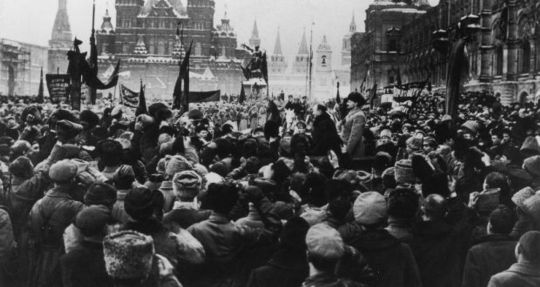
#I don't often come across pictures I've never seen before!#leon trotsky#trotsky#lenin#vladimir lenin#russian revolution
19 notes
·
View notes
Text
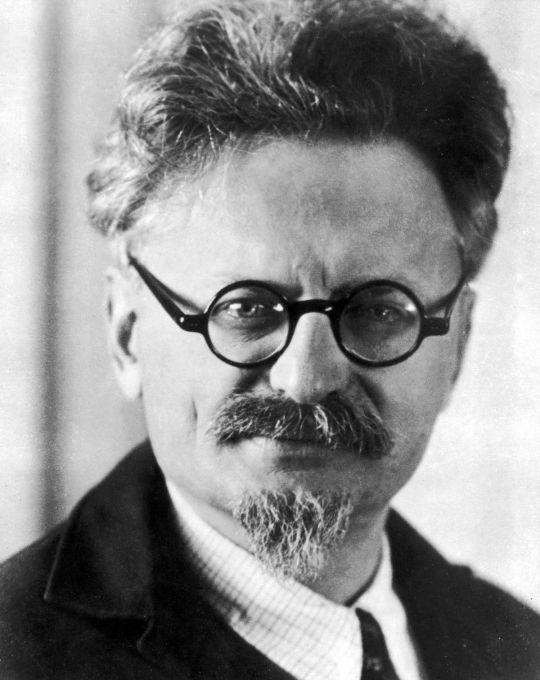
Leon Trotsky, November 7, 1879 – 21 August 1940.
21 notes
·
View notes
Text
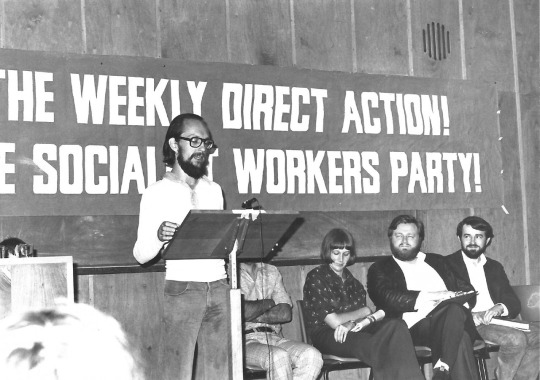
4th National Conference of the Socialist Workers Party (Australia), 1976. Not sure who the speaker is.
#communism#socialism#marxism#leftism#anti capitalism#socialist#leftist#marxist#communist#dismantle capitalism#socialist workers party#swp#karl marx#lenin#leninist#leninism#vladimir lenin#working class#workers of the world unite#workers of the world#workers power#soviet power#workers councils#trotskyist#trotskyism#trotsky#leon trotsky#australia#auspol#communism in australia
8 notes
·
View notes
Text
"The most notorious internee held in any of the Canadian [internment] camps was Leon Trotsky. When news reached North America in March 1917 that the Russian tsar, Nicholas II, had abdicated, Trotsky was living in exile in New York City. He immediately arranged to return to his homeland. On March 27 he boarded the Norwegian freighter Christianiafjord with his wife and two sons, bound for Petrograd. Trotsky had been under surveillance in New York where British authorities took note of his departure. The situation in Russia was confused, but the Allies knew that socialists like Trotsky wanted to withdraw Russian troops from the war. It was widely believed that they were enemy agents funded by the Germans to divide the Allied war effort. At Halifax, the British naval commander received orders to board the Christianiafjord when it arrived and to detain Trotsky and the other Russians with whom he was travelling.
On April 1 the freighter steamed into Halifax harbour. Naval officers marched Trotsky and his comrades to jail cells in the Citadel, the imposing stone fortification overlooking the city. Then, while Natalia Sedova Trotskaya and the boys were lodged with a police employee in town, the men were interned in a prisoner-of-war camp, a converted iron foundry at Amherst near the New Brunswick border.
Trotsky was not cowed by his treatment. Quite the opposite: he defiantly petitioned the Russian government and the British prime minister, protesting his illegal detention. Meanwhile, he began to harangue his fellow prisoners with speeches, in fluent German, proclaiming the need for a revolution in Germany. “That month the concentration camp very much resembled a perpetual mass meeting,” he later wrote. To the dismay of officials, he became a hero to the 800 other detainees. He was “by far the most popular man in the whole camp,” the commander reported. Another officer recalled that Trotsky “gave us a lot of trouble at the camp, and if he had stayed there any longer [...] would have made communists of all the German prisoners.”
Trotsky was a citizen of a country with which Great Britain, and therefore Canada, was an ally in the fighting, and he was travelling with perfectly legal permits and visas. His internment was giving Canada a black eye internationally. At rallies in New York and Russia, speakers denounced Canada as a tyranny, no better than the Tsarist autocracy. Finally, after a month in confinement, he won his release. A crowd of cheering prisoners lined his path as he walked to the gate, followed by an impromptu camp band doing its best to play the Internationale. And with that, Leon Trotsky’s sojourn in Canada ended."
- Daniel Francis, Seeing Reds: the Red Scare of 1918-1919, Canada’s First War on Terror. Arsenal Pulp Press, 2011. p. 17-18.
#world war 1 canada#world war 1#russian revolution#halifax#leon trotsky#internment camps#prisoner of war camp#iron heel#canada in the british empire#political prisoners#canadian history#seeing reds#reading 2024#research quote#anti-communism#communists
11 notes
·
View notes
Text
Marxist Internet Archive, save me
#marxist#Marxist internet archive#marxist leninist#communism#anarchocommunism#Karl Marx#friedrich engels#Malcom x#Angela y Davis#vladimir lenin#leon trotsky#nikolai bukharin#fidel castro#clara zetkin#oscar wilde#josef stalin
7 notes
·
View notes
Photo

Since Trotsky came to Mexico I have understood his error. I was never a Trotskyist.
- Frida Kahlo
In the summer of 1940, Frida Kahlo found herself in jail. Mexico City police suspected her as an accomplice in the murder of the embattled Russian revolutionary Leon Trotsky. Several days prior to her arrest, he’d been gruesomely offed with an ice pick. His murder - and her implication in the crime - was a dramatic turn of events, especially considering that Kahlo and Trotsky had been giddy lovers just three years earlier; she’d even dedicated a striking self-portrait to him.
Kahlo had many romantic partners over the course of her short life (she died in 1954 at 47), but few resulted in dedicated paintings—and fewer pointed explicitly to her political beliefs. The liaison with Trotsky did both. Although their romance only lasted several months, it offers a window into Kahlo’s politics and how deeply they influenced her work.
Kahlo and Trotsky first met in 1937, when the painter was 29 and the politician was 57. Kahlo and her husband, muralist Diego Rivera, were vocal supporters of Marxism and had been on-and-off members of the Mexican Communist Party for a decade, since 1927. Influenced by the Mexican Revolution at the turn of the century, they advocated for a populist government and believed political power should rest in the hands of the working class.
By the mid-1930s, Kahlo and Rivera both considered themselves Trotskyites. They’d followed the Russian Revolution and the rise of Communism closely, and knew Trotsky as a hero of the 1917 October Uprising, which cemented Vladimir Lenin and the Socialist regime’s rise to dominance. But when Joseph Stalin assumed leadership in 1924, he consolidated power and demoted Trotsky, exiling him for good in 1929. As a result, the Communist party fractured into two main camps: Stalinists and Trotskyites.
It was Rivera who convinced Mexican President Lázaro Cárdenas to offer Trotsky political asylum in Mexico. After several years in Turkey, France, and Norway, Trotsky and his wife Natalia Sedova boarded an oil tanker and docked in Tampico, Mexico on January 9, 1937. Rivera was sick, so Kahlo greeted them at the port, along with a troop of armed guards.
Kahlo and Rivera offered the Trotskys their second home, the now famed Casa Azul, equipping it with guards, barricades, covered windows, and alarm systems to ensure their political hero’s safety. Sedova recalled the beginnings of the trip fondly in a letter to friends: “We were breathing purified air…A motorcar…carried us across the fields of palms and cacti to the suburbs of Mexico City; a blue house, a patio filled with plants, airy rooms, collections of Pre-Columbian art, paintings from all over: we were on a new planet, in Rivera’s house.”
It wasn’t long after the Russian couple settled in that a romance developed between Kahlo and Trotsky. The politician’s secretary, Jean van Heijenoort, remembered the pair’s blatant flirtations under the nose of Trotsky’s wife. Sedova didn’t understand English, the language in which the lovers communicated. They met clandestinely at Kahlo’s sister’s house, and Trotsky slipped love notes into books he lent her. Kahlo and Trotsky’s meek attempts at discretion didn’t prevent Sedova from discovering the affair. She gave her husband a “me-or-her ultimatum. It seems that Kahlo tired of the romance around the same time. Despite their split, the two remained friends for some time until Trotsky’s murder.
Photo: Russian revolutionary Leon Trotsky (right), Mexican artist Frida Kahlo (centre), and revolutionary and wife of Trotsky Natalia Sedova, photographed Together In Mexico In 1937.
#leon trotsky#trotsky#frida kahlo#kahlo#art#artist#marxist#communism#comunnist#mexico#russia#revolutionary#relationship#diego rivera#history#stalin#russian revolution#bolshevik#arts#society#politics
166 notes
·
View notes
Text

George Orwell: Djurens gård (1945)
#george orwell#animal farm#literature#allegory#soviet union#revolution#totalitarianism#stalin#leon trotsky
6 notes
·
View notes
Text



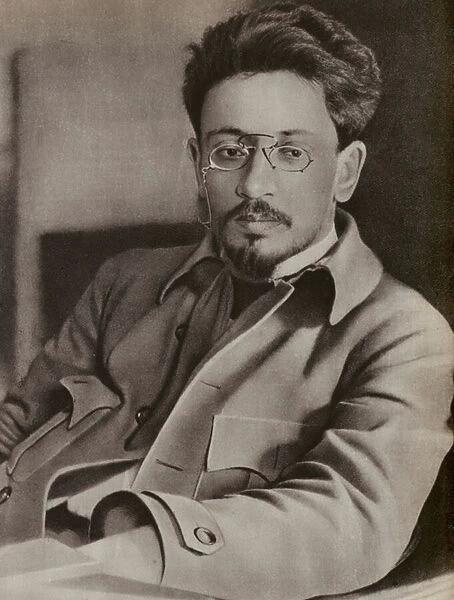
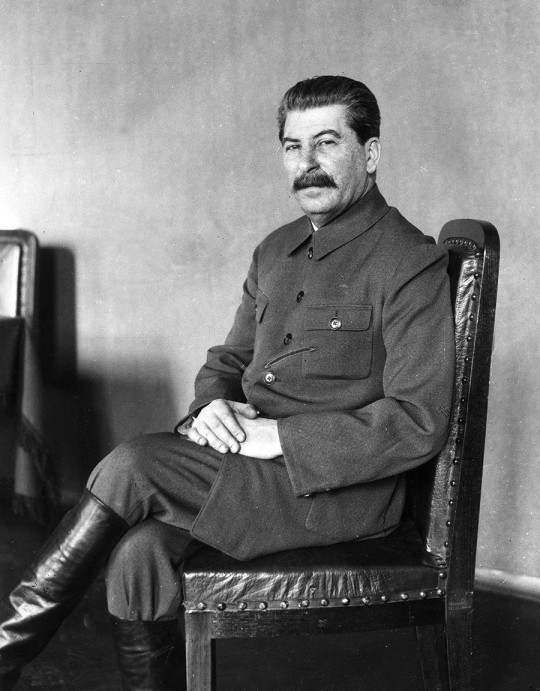
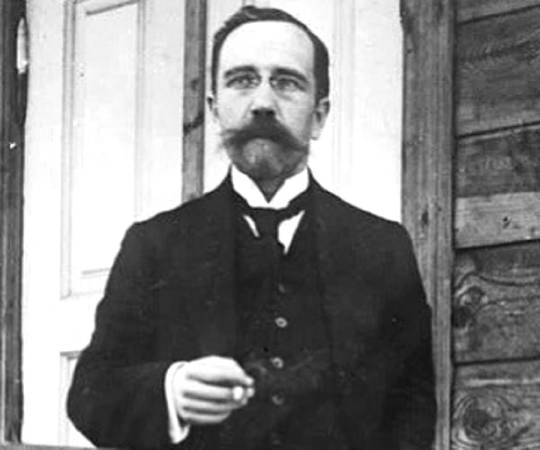
What is the Marxist Explanation for the fact that all the old Bolsheviks look like knockoff versions of each other?
#marxism#bolshevism#vladimir lenin#nikolai bukharin#leon trotsky#yakov sverdlov#josef stalin#lev kamenev#leftcom
17 notes
·
View notes
Text
Hey I just want to be clear about something.
These are icepicks:

They're used for chipping ice
These are iceaxes:

They're used for mountain climbing.
The assassin Mercader struck Trotsky with a modified iceaxe he had hid in his coat.
Trotsky did not die immediately from his injury however, but turned around and fought his attacker until his security came in and took hold of Mercader.
Trotsky hung on until the next day, when he died in hospital with his wife and grandson by his side.
38 years later Mercader himself died, and his fearful last words were about Trotsky, "I know he's waiting for me on the other side."
#Trotsky#Leon Trotsky#icepick joe#goncharov#just want to clear this up since a lot of people are making connections between Trotsky and Icepick Joe#I'm not saying don't do that#I just want everyone to be clear that the way Trotsky went out was metal
215 notes
·
View notes
Text
The Bonapartist State
“Raising itself politically above the classes, Bonapartism, like its predecessor Caesarism, for that matter, represents in the social sense, always and at all epochs, the government of the strongest and firmest part of the exploiters; consequently, present-day Bonapartism can be nothing else than the government of finance capital which directs, inspires and corrupts the summits of the bureaucracy, the police, the officers’ caste, and the press."
Leon Trotsky, "Bonapartism and Fascism
4 notes
·
View notes
Text
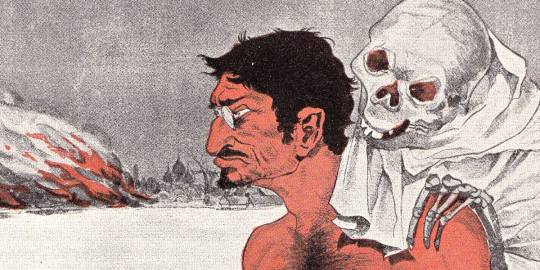
Anti Bolshevik art depicting Leon trotsky and a skeleton
6 notes
·
View notes
